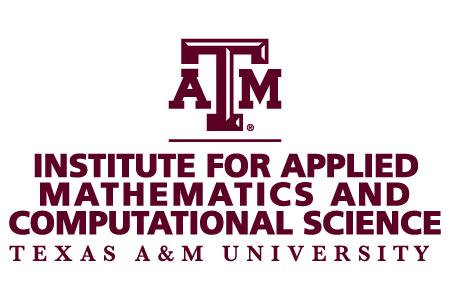Today’s mathematical and computational methods, computer hardware, cyberinfrastructure and scientific software make it possible to model many systems of practical interest with unprecedented fidelity. The goal of IAMCS is to produce fundamental developments that enhance the tools used for mathematical and computational modeling and to apply these tools to problems of interest to the world.
Three Research Cores
These cores are designed to reflect the breadth of areas involved in modeling many physical phenomena. While each core is strategically positioned to tackle significant problems, IAMCS is able to provide unusually broad solutions to key problems that are of interest to basic science and applicable to many physical systems through cross-core collaboration.
The three research cores are multidisciplinary, promoting a broad view from which to attack new problems. This unique aspect of IAMCS is designed to ensure that problems are not limited to the thinking of a single approach. The coupling of strong physical models from applied mathematics with advanced uncertainty models from statistics, in combination with efficient computational techniques from computer science, will produce more significant advances than any of the three disciplines alone. IAMCS provides a vehicle to continually establish new partnerships and promote dialogue that will inform existing teams in the development of novel solutions to fundamental problems.
Research cores are expected to maintain two streams of research with the goal that each produces results that will be disseminated in the traditional fashion, but to distinct audiences:
- First, the cores will be expected to produce fundamental results within applied mathematics and computational sciences that will continue to drive and enrich their base research community.
-
Second, through partnerships developed via IAMCS, it is anticipated that these results will be applied to applications, thus helping enrich the applications-based community who depend upon translational activities to move basic results into wider applications.
Research Goals
- Core 1: Develop multiscale algorithms that can be mapped to parallel architecture computers in order to compute and update models describing complex physical processes arising from a range of possible applications.
-
Core 2: Focus on problems where parameters of a “non-transparent” system need to be estimated from external measurements with quantification of associated uncertainties. Mathematical models and advanced computing are crucial to the solution of these problems.
-
Core 3: Focus on the development of algorithms and software components from which solutions to complex systems can be expedited and visualized.

